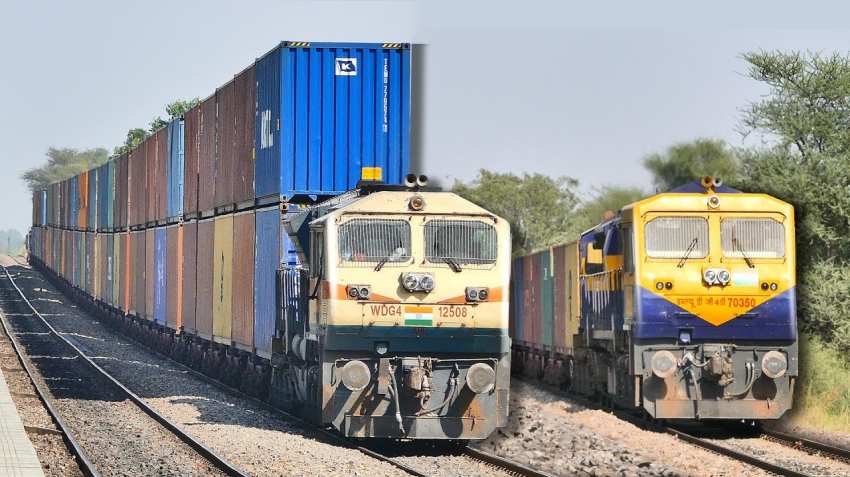Indian Railways has introduced First Double Stack Dwarf Container Service to maximize efficiency and regain an edge in cargo transportation. The cost of transportation will be reduced by half with the introduction of dwarf containers. Railways used to be the main medium of freight transports till the early 1980s. But the introduction of the end-to-end running of blocks reduced the railways’ share in freight transport. The individual wagons could no longer be used and very few companies were prepared to book an entire rake to transport products from manufacturing plants to different destinations. End of end-running blocks reduced the turnaround time for a wagon but it removed the smaller businesses from the scope of freight transportation through railways.
Road transport got better in the country since the early 90s. The implementation of the Golden Quadrilateral scheme which connects four metropolitans of the country further improved the road transportation between industrial hubs. So, the space vacated by railways was filled with increasing road transport. Truck transportation has grown exponentially since then roads became new avenues of cris-crossing the country for both human and freight movement. But this does change the fact that roads should be primarily used for public transport, not goods because the movement of heavy vehicles loaded with goods damages road conditions very quickly. Repairing the damages or reconstructing roads puts an unnecessary burden on government finances. So, inland transportation of heavy goods should be done through railways.
The trial freight train contained with dwarf containers was flagged off on July 7 from Western Railway’s Rajkot railway station. The dwarf containers could be carried out on all the electrified railway lines. The dwarf containers were introduced because regular containers could be double stacked only on few lines. The low cost will enable smaller business units to transport their products through railway, earlier they had moved to road transport due to low cost and ease of transportation. But the road transport of cargo is less safe, so, the cheap and safer transport will bring smaller businesses back to railways. “Currently, ‘ Low-Density Products’, such as plastic granules, PVC polyester fabric, white goods, FMCG products, polyethylene, auto car, etc. are being transported mostly by road, but due to the low cost of transportation in dwarf containers, Railways now offers a viable transport. At the general freight rate, the double-stack dwarf container trains can generate more than 50% of the revenue,” said the ministry official.
The dwarf containers can hold a volume of approximately 67% more when compared to traditional containers. The double stack of dwarf container was an idea of Naresh Kumar, an Indian railway engineer who left his job to implement the idea in private sector because he could not convince the sluggish bureaucracy in railway department about its implementation. But the change in railway regime made it open to fresh ideas and new railway minister decided to implement the idea. “These containers — which can run in double stack mode under the electrical wires of the Railways — have over 65 percent more capacity in terms of volumes and 16 percent more cargo loading capacity compared to the ISO containers used in rail space (traditional containers),” said Naresh Kumar. The improved efficiency due to the introduction of dwarf containers back in the freight transport game and roads will be decongested. The profitability of railways due to freight transport will increase because it loses money on passenger transport in most of the operations. So, the coming back of freight transport will also improve the ailing finances of railways. The quick degradation of roads due to heavy goods transport will also be reduced.
